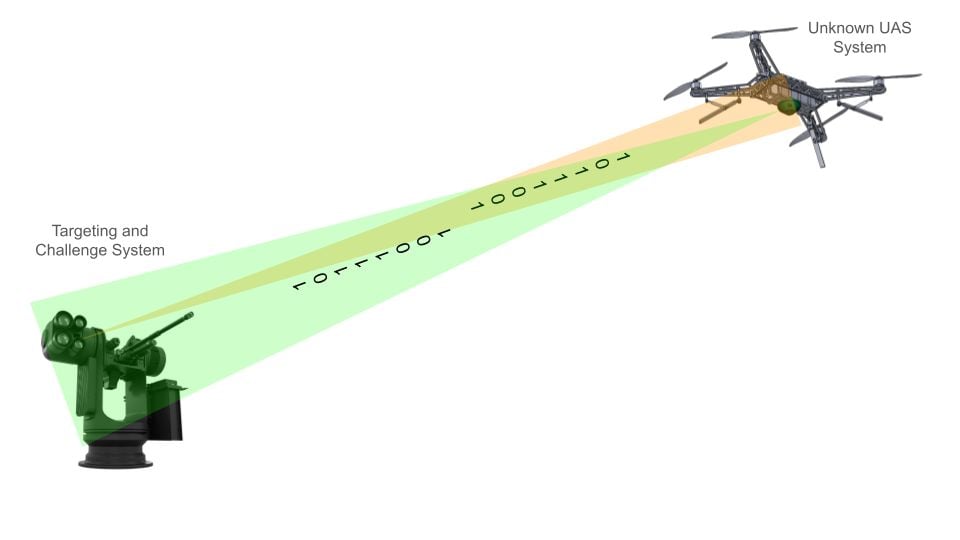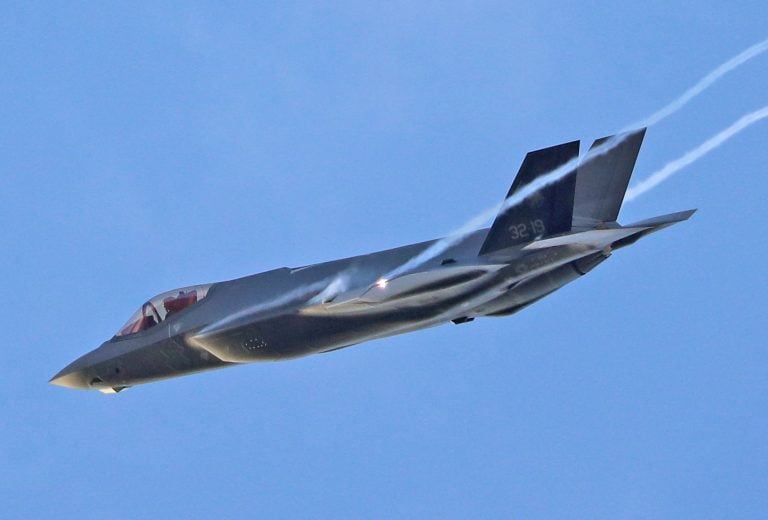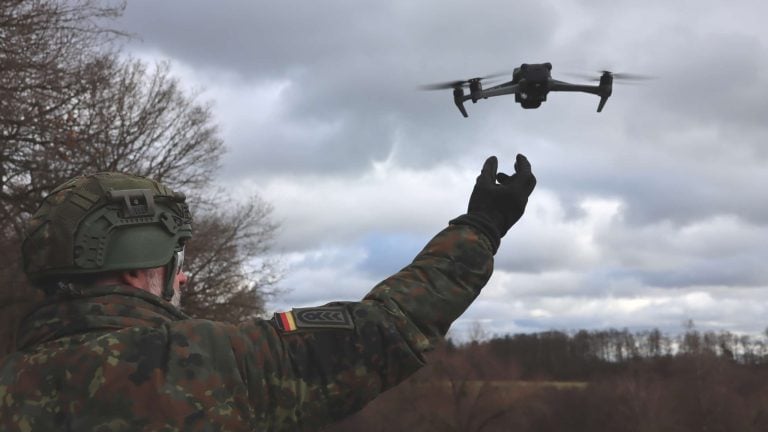In a significant advancement for defense technology, Allen Control Systems (ACS) has introduced a secure optical identification system designed to distinguish friendly drones without the complications of jam-prone radio signals. This innovative system, named the Friend and Foe Operating System (FAFOS), uses encrypted near-infrared optical pulses for authentication, departing from the conventional reliance on RF transponders.
The FAFOS is engineered to execute identity verification in under 200 milliseconds and can operate effectively at distances of up to two kilometers (approximately 1.2 miles). This rapid response enables drones to recognize one another’s identities or respond to secure commands, such as “return to base,” even in environments where GPS and communications are compromised.
The necessity for such a system arises from the modern battlefield landscape, which is increasingly populated by a wide array of drones. Traditional identification friend-or-foe (IFF) mechanisms can be vulnerable to jamming, spoofing, or interception, making the rapid and reliable identification of aerial units critical. Mike Wior, CEO of ACS, underscored the importance of addressing the challenges of identifying friend from foe in contested signal environments, citing the potential for disastrous outcomes if such identification fails.
The push for advanced drone identification technologies is gaining momentum in military circles, driven by the need to minimize the risk of fratricide and confusion in drone-dense combat scenarios. In a notable example, the U.S. Navy recently awarded BAE Systems a $30 million contract to enhance the AN/APX-123A(V) Common Transponder, a key IFF device utilized across various platforms, including aircraft and drones.
Similarly, Spain’s Indra Sistemas was awarded a contract in 2024 to integrate NATO-standard Mode 5/S IFF technology into its ground-based air-defense network. Meanwhile, reports indicate that Russia is working on an IFF system specifically designed for its drone forces, which aims to incorporate cryptographic identity layers within its unmanned systems to mitigate the risk of misidentification in contested areas.
The introduction of FAFOS represents a crucial step forward in ensuring more secure and reliable identification of drones on today’s complex battlefields, as militaries around the world adapt to the evolving landscape of aerial warfare.



















